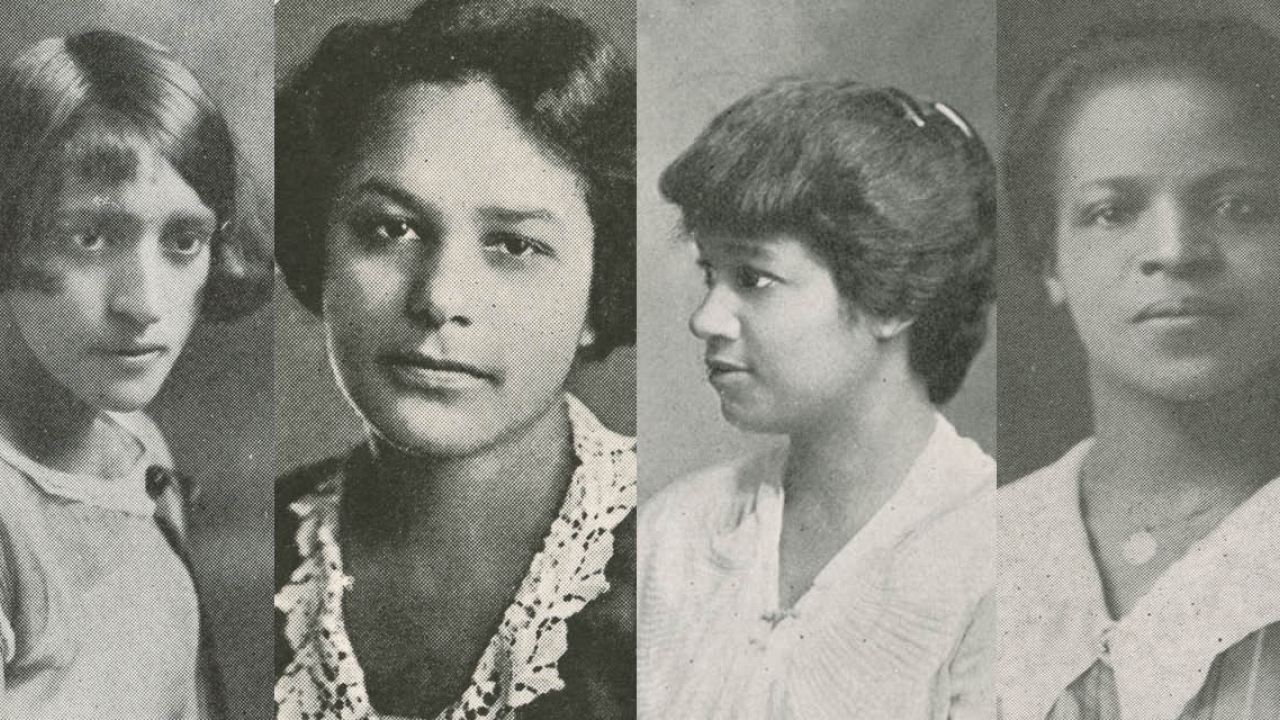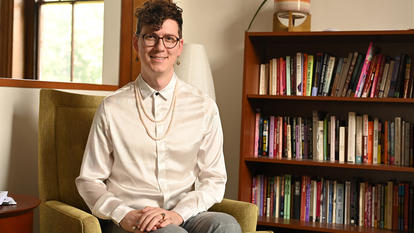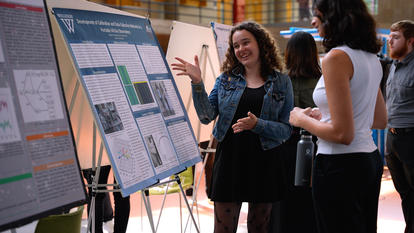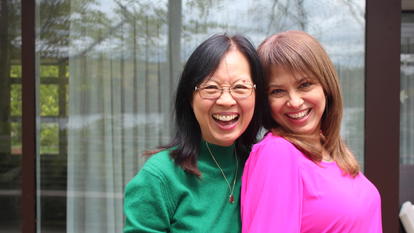Wellesley Celebrates the Legacy of Some of Its Earliest Black Students During Black History Month

In honor of Black History Month, a visit to the Wellesley College Archives shed light on the personalities, ambitions, careers, and college experiences of some of Wellesley’s first Black students. In its early years, Wellesley established a tradition of educating women—all women—regardless of race. Some alumnae are well-known already—like Jane Bolin ’28, the country’s first African American judge, featured in Essence and the New York Times, and Harriett Alleyne Rice, class of 1887, Wellesley’s first African American graduate. And from Wellesley’s archives came stories of more of the College’s trailblazers. Read more here:
Class of 1916: Brenda Ray Moryck
Born in Newark, N.J., in 1894, Brenda Ray Moryck was the great-granddaughter of Rev. Charles Ray, a prominent African American abolitionist who owned and edited the weekly newspaper the Colored American.
Activism, writing, and education were important to Moryck’s family, and she wrote in a 1942 biographical record for the Wellesley College Alumnae Association that “writing is my business and my pleasure.”
After graduating from Wellesley, Moryck returned to New Jersey to volunteer with the Newark Bureau of Charities and also taught English at Armstrong Manual Training School, one of two high schools for African Americans in Washington, D.C., at the time. She went on to get her master’s in English literature from Howard University in 1926. Moryck and W.E.B. Du Bois corresponded about the future education plans of Du Bois’ granddaughter and Moryck’s daughter; her letter to him is in the collection of the UMass Archives.
Moryck’s writing was greatly influenced by the African American arts movement in Harlem and Washington, and she published short stories, essays, and social commentaries throughout her life. Moryck was also active in a variety of social reform organizations, such as the Urban League, the Harlem YWCA, and the New York NAACP Women’s Auxiliary. She died in Washington in 1949.
Class of 1922: Katherine Naomi Robinson
Katherine Naomi Robinson, born in Boston in 1898 and later a longtime resident of the South End, earned a master’s degree from Boston University in English in 1934. She taught Latin and French at B.U. and Columbia University and founded the Boston Chapter of Delta Sigma Theta, a sorority for African American women focusing on civic engagement and social service.
Robinson later joined the faculty of what was then called Cheyney State Teachers College, now Cheney University of Pennsylvania, the oldest historically Black college in the United States, in Cheyney, Pa. There, she taught English, French, and Latin and served as dean of women. She also founded Cheyney’s drama department and coached the debate team.
After retiring from Cheyney, Robinson returned to Boston and became engaged in civic life. She served as a substitute music instructor in the Boston Public Schools and a volunteer pianist at the Mary E. Curley School. Robinson’s 1984 obituary in the Boston Globe mentioned that she was a founder of the original Harriet Tubman House in Boston’s South End and that in 1979, Robinson was the first winner of the Melnea Cass Senior Citizens Award, an honor named after a well-known civil rights activist in Boston.
Class of 1923: Clarissa Mae Scott
Clarissa Mae Scott, born in 1901, came to New England for her education from Tuskegee, Ala., where her father worked as a secretary for Booker T. Washington, founder of the Tuskegee Institute; he later worked at Howard University as the secretary and treasurer. Scott attended Bradford Academy in Haverhill, Mass., where she was named valedictorian.
Scott, known as an exceptional singer, pianist, and poet at Wellesley, was the first African American student at the College to earn a varsity letter as a member of the field hockey team. She graduated in 1923 as a member of Phi Beta Kappa and later wrote that her years of education in New England “tinged [her] Southern blood with something of the austerity of that section.” While at Wellesley, Scott also began to explore her interest in civil and social movements, discovering the New Negro Movement, attending Literary Guild meetings in Boston, and taking part in discussions and readings about racial issues.
After Wellesley, Scott taught high school and published poems and essays, notably a piece about her travels in Europe for the National Urban League publication Opportunity: A Journal of Negro Life. Scott was active in the literary scene of the Harlem Renaissance, sharing her work with other writers in Washington and then in New York City when she married and moved there with her husband, attorney Hubert Delaney, in 1926. As a social worker in New York, Scott collected statistics for a “Study of Delinquent and Neglected Negro Children.” Tragically, in 1927 Scott died of kidney disease, thought to be a complication from a streptococcal infection. A YWCA camp for girls was founded in her name in 1931 on land donated by her family on the Chesapeake Bay.
Photo: (Left to right: Jane Bolin, Clarissa Scott, Brenda Moryck, Katherine Robinson)



